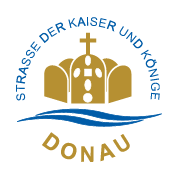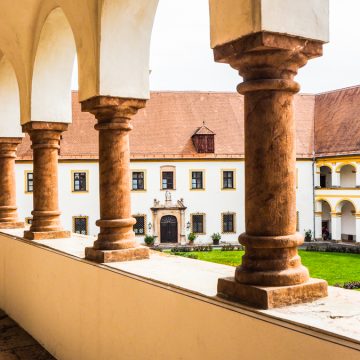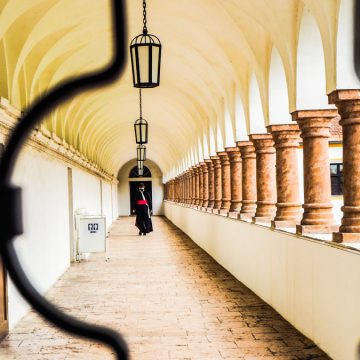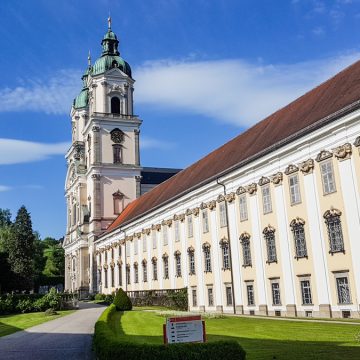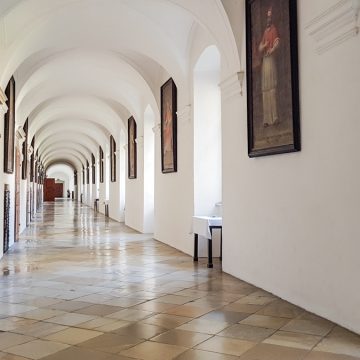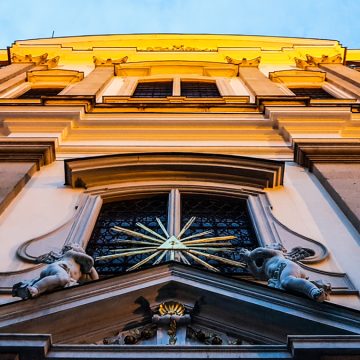Monastery trip from Bavaria to Upper Austria
Monasteries along the Danube
Our modern times have long since influenced life behind the monastery walls as well. It is not unusual for monasteries to present themselves on the Internet, operate a blog, have a say on social media and open their doors to everyone, but also almost always to "everywoman. That the fathers tell about their vacations on Facebook and fairs can be co-designed on Twitter. Today, monasteries also have to "be able" to do more than in the past: they act as hosts, for a "temporary retreat," as a yoga location or help us to find our center again. Whether with silence, meditation or herbal courses - monasteries now offer almost everything we think we need for our well-being.
It may sound abstruse at first. To associate monasteries, monks and priests with wellness, digital detox or fasting weeks. But it's obvious: monasteries were not always exclusively places of retreat for prayer for their inhabitants.
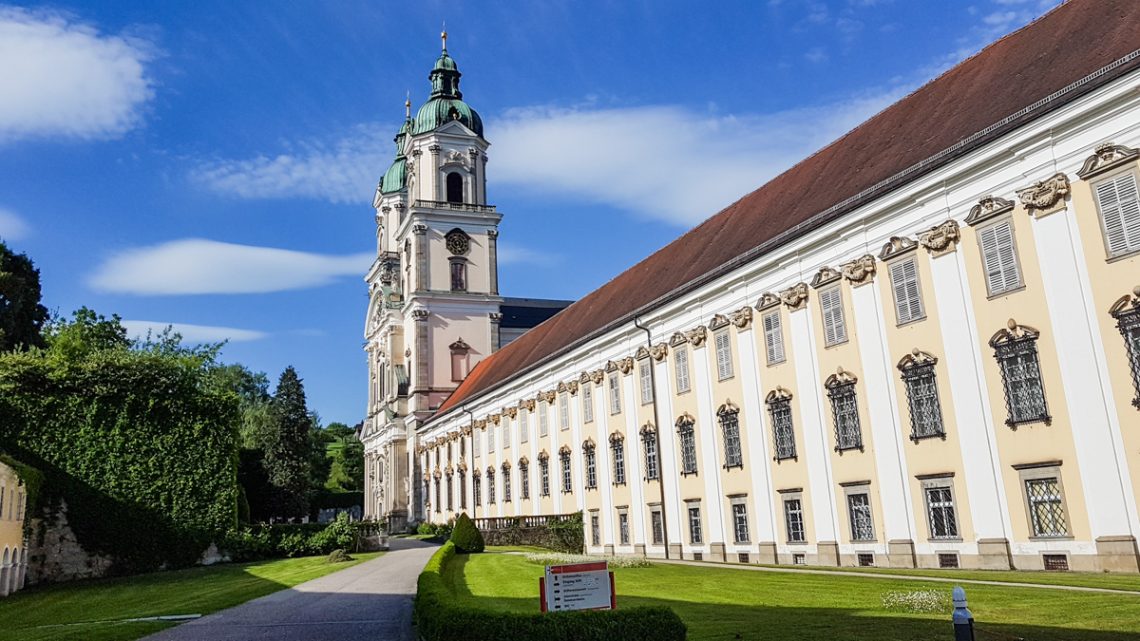
Depending on the order, monasteries have almost always had duties other than prayer, work or pastoral care. They also offered overnight accommodations for travelers on horseback and in carriages, who were traveling along the Road of Emperors and Kings or traveling by ship on the Danube during the day and stopping at the monastery for the night. Many monasteries used to have their own theater halls to entertain overnight guests in the evening. Marie Antoinette, for example, was refreshed and fed at Lambach Abbey on her bridal journey to Paris, and was also entertained with a theater performance. As we know today, she did not have much more to look forward to.
The Mozart family, too, always stayed in monasteries on their numerous journeys: Not without quickly composing for their hosts or playing music for other guests in between. Wolfgang A. Mozart was in his short life almost more on travels than at home, monastery accommodations were commonplace. The Benedictines have also enshrined in their rules of order to welcome travelers and offer a hospitable home - this idea runs through all guest houses of Benedictine monasteries today.
Monasteries were places of archives for musical pieces and handwritten scores. Copyists traveled from place to place in Europe to collect these musical pieces and then found suitable writing rooms only in the monasteries to finally "copy" regional works, i.e. transcribe them and bring them home.
Today, the monasteries along the Danube offer an even greater variety of additional services for vacationers, cyclists, excursionists, rest seekers and pilgrims than in the past. Today, monasteries are economic enterprises that have to be maintained and managed, heated and restored. No easy undertaking, like any large enterprise, it often fails because of money - through these additional services and the opening to the outside, the monastery should finance itself.
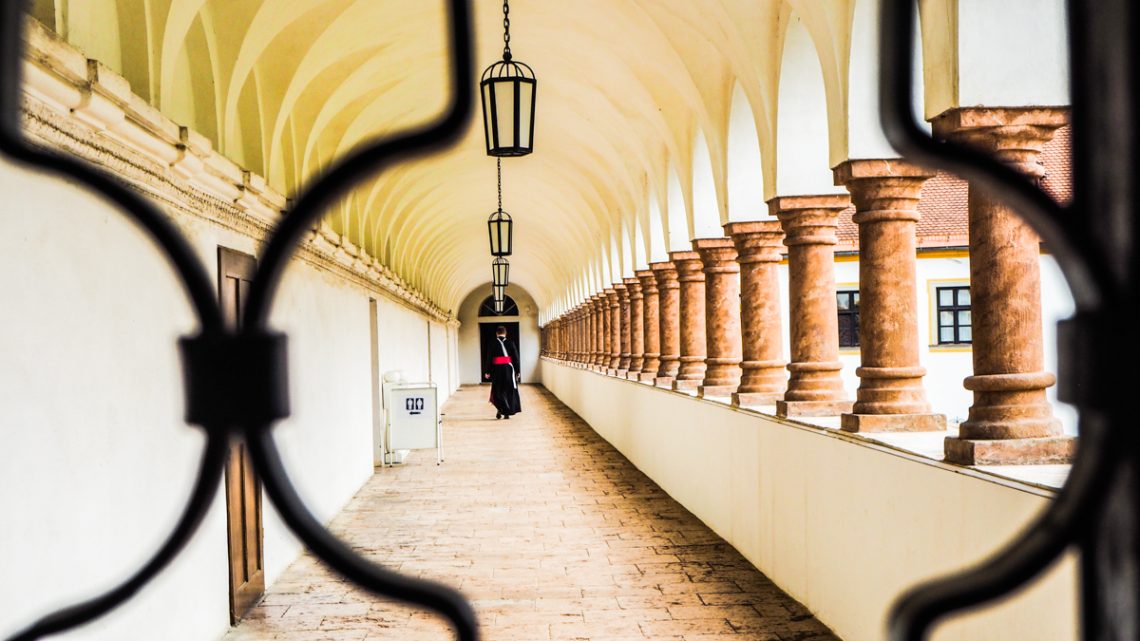
Very close to the German border is the only Trappist monastery in Austria, in Engelszell. The Trappists still live a secluded life without external pastoral care duties, but when it comes to "authentic Trappist products", namely the sale of their beers and liqueurs, they also step a little into the public eye. Through the monastery store and even an online store, one can enjoy these products: There are only nine brothers who live and work here, plus a few employees.
Around the corner and also very close to Germany is Reichersberg Abbey of the Augustinian canons, which seems to have made the leap into our modern times. A perfect and highly topical website, numerous cultural events, gallery events, further education opportunities and its own education center - here the Werkl runs, as they like to say in Austria. In addition, an unusually young provost, its own economic director and many canons, who also pursue their duties outside the monastery walls and thus "in real life" on a daily basis and are only present for morning and evening prayers. Guided tours are a matter of course here and it is especially welcome if you also participate in the prayers of the canons as an excursionist. Even if, as an outsider, you cannot always follow the order of the prayers and psalms - sometimes it is enough just to listen and indulge your thoughts.
"Living with joy" is the guiding principle at Reichersberg Abbey. A particularly beautiful saying that shows that monastic life does not always take place silently and behind thick walls in the cloister, but goes out: to the guest, to those seeking peace, to culture lovers and to those who seek conversation. All this can be "booked" in the monasteries today - and often also health offers.
Rococo in the Danube Valley? The Cistercian Abbey of Wilhering sees itself, despite its pomp, "very close to the people" - not only through its own monastery high school and the youth, but above all through culture, the music archive, the art collections. Huge farms are still cultivated here and partly leased out. "Art, enjoyment and soul" - Schweiklberg Abbey sums up what its house stands for in today's world, and it also finds time to actively support aid projects in Africa.
"Kloster Vollerleben" - this is the unusual way in which the St. Florian Monastery invites into its monastery walls: children, young people, pilgrims, vacationers and hungry excursionists. Here, where Anton Bruckner was organist and the famous Bruckner Days take place, almost all doors are open to those who are interested or searching. Live with us, stop in for a short or long time, pray with us, sniff, seek conversations, retreats or simply have an excellent (also vegan) meal here on Sundays. St. Florian Abbey is a particularly uncomplicated way to find out what makes monasteries tick today.
Food for the soul: The Order of the Sisters of Mary of Mount Carmel took over the Kneipp Center in Bad Mühllacken in the Pesenbach Valley in the 1930s and today is the top dog in fasting and detoxing when it comes to "traditional European medicine. For herbs and monastery gardens have always been the task of religious houses, and this has not changed to this day.
The easiest way to get to know a monastery is the guided tour, which is offered almost everywhere and usually leads through the state rooms, the courtyards, the banquet halls and the cloister, often also into the dreamlike libraries as well as refectories. Some of the monasteries show their fish cold, others are proud of their art treasures, their music archives, relics or the dedicated confreres who are active in the parishes, as pastors or teachers. During evening prayer at Reichersberg Abbey, for example, one brother's cell phone accidentally rings while another, dressed in a motorcycle outfit, swoops in directly from the prison chaplaincy. These are the small moments when we, as short-term visitors to the monastery, notice:
Monastic life is a vast land and as diverse as our lives outside of monastic life are. A monastery today is a company that has to survive. A business that has to function and a family in which not everyone is always on the same page. Just like in real life.
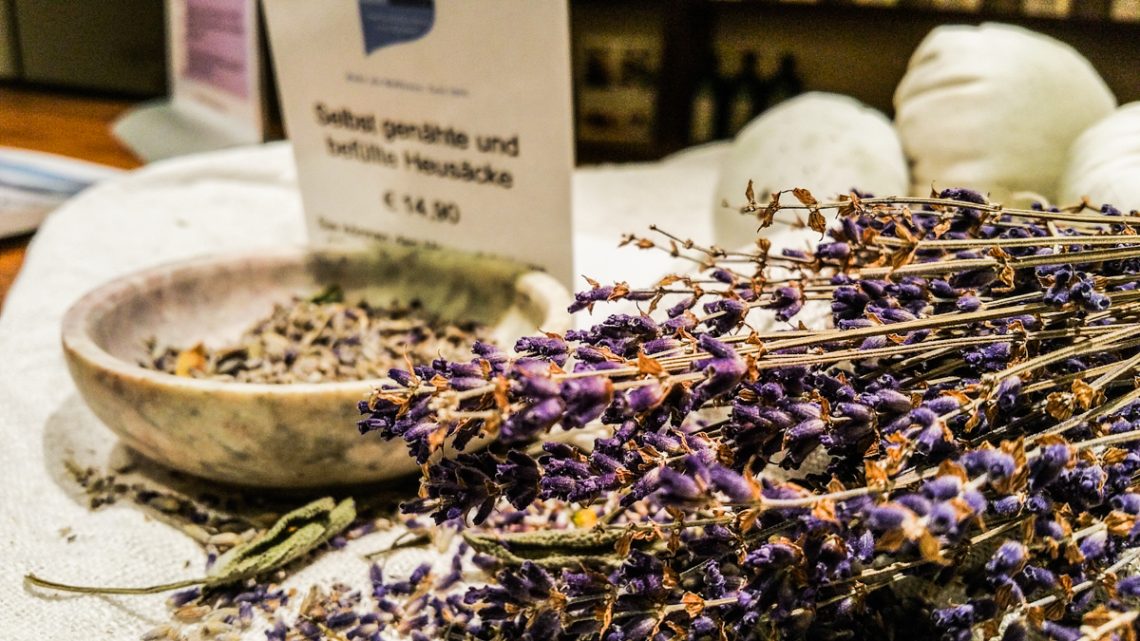
- One of the oldest Bavarian monasteries, the Benedictine monastery Weltenburg is located picturesquely at the Danube breakthrough and is known for its liqueurs, has a brewery and a historic rock cellar
- Art and culture in the Benedictine Abbey Metten
- Art, pleasure and soul as well as Africa aid in the Benediktinerabtei Schweiklberg
- The only Trappist monastery in Austria, Engelszell Abbey
- Musical tradition, the Bruckner organ and culinary delights in the Augustinian Canons' Monastery of St. Florian
- Numerous cultural events, monastery gardening and a spiritual center in the Cistercian monastery Wilhering
- Cistercian Monastery Thyrnau
- Reichersberg Abbey on the Inn
- Hamberg Monastery-Passau
- Pilgrimage, culture, faith and encounters in the "monastery Austria" Austria
- Fasting according to Kneipp, herbal workshops and detox at the Sisters of Mary of Mount Carmel in Bad Mühllacken with "Traditional European Medicine".
- The Weltenburg monastery bitters and liqueur, monastery sausage and cheese
- "Authentic Trappist Products": beer brewing by the Trappists as well as Engelszell bitters, ales and liqueurs:
- Own production of liqueurs and brandies
- Stiftskeller St. Florian: Excellent vegan and vegetarian food in the cozy courtyard of the monastery
- The Schweiklberg Spirit as a proven household remedy and legally protected medicinal herb distillate is produced exclusively in Schweiklberg.
